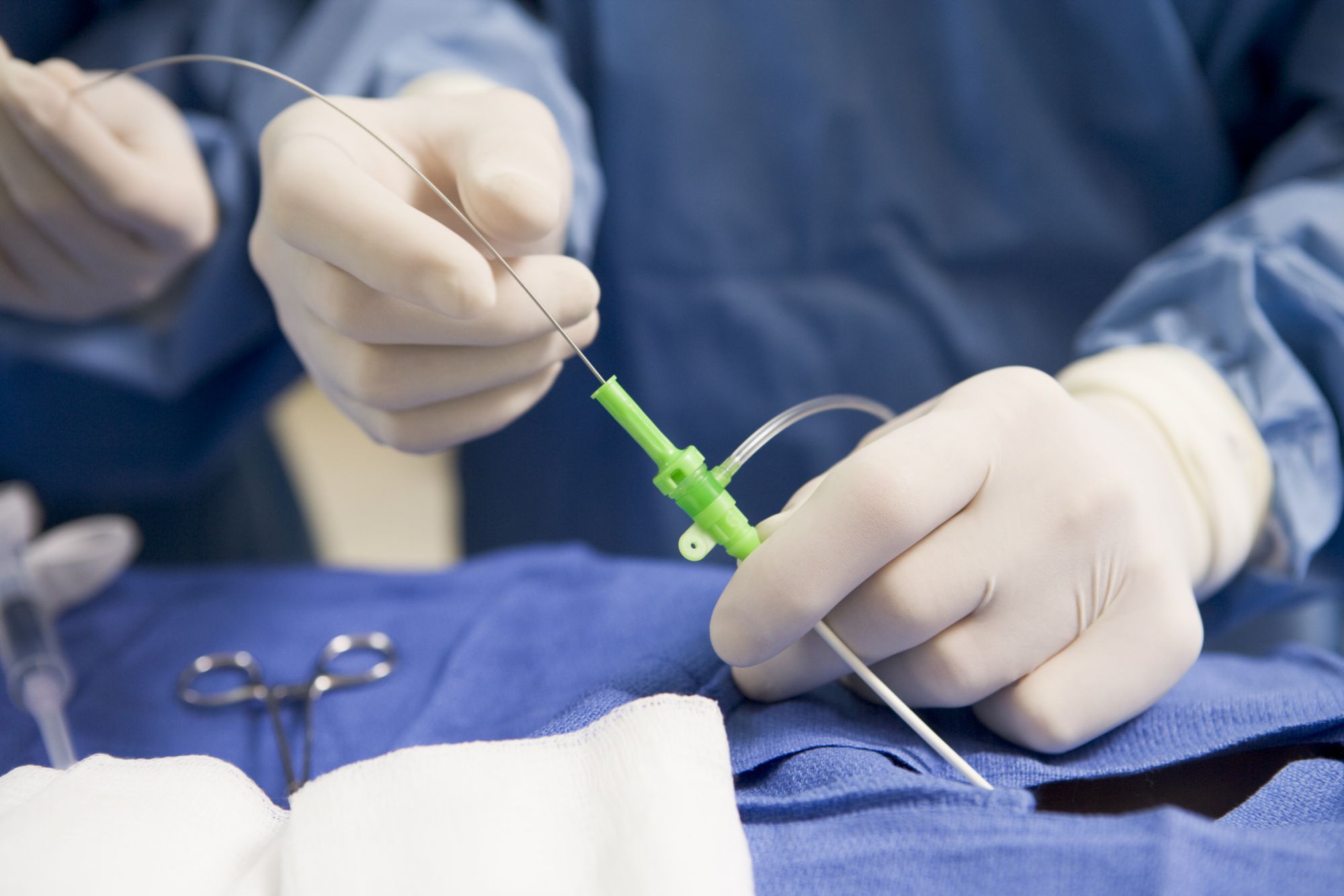-
 MD2
MD2
-
 Richter Scale
Richter Scale
-
 Cartagena Protocol
Cartagena Protocol
-
 Soil pit
Soil pit
-
 Barotrauma
Barotrauma
-
 Julian calendar
Julian calendar
-
 Caulinary
Caulinary
-
 Condyle
Condyle
-
 Sea ice - First year average
Sea ice - First year average
-
 H5N1
H5N1
-
 Phylogenesis
Phylogenesis
-
 Neoplasm
Neoplasm
-
 International Astronomical Union
International Astronomical Union
-
 Silicosis
Silicosis
-
 Nematicides
Nematicides
-
 Pulse
Pulse
-
 Retreading
Retreading
-
 Carbohydrate
Carbohydrate
-
 Methanisation
Methanisation
-
 Random number
Random number
-
 HTML
HTML
-
 Vaginal smear
Vaginal smear
-
 Mesoderm
Mesoderm
-
 Mount Palomar observatory
Mount Palomar observatory
-
 Leonids
Leonids
-
 Hotspot
Hotspot
-
 Venom
Venom
-
 Trachyte
Trachyte
-
 Roaming
Roaming
-
 Mars
Mars
Coronary angiography
Coronary angiography provides a very detailed examination of the coronary arteries, which vascularise the myocardium or cardiac muscle. It uses X-rays that visualise the dynamic movement of a contrast medium injected into the patient. Of course, coronary angiography is performed by a medical team in a hospital.
Coronary angiography - the process
The aim of coronary angiography is to detect abnormalities in the blood circulation, whether these are due to narrowing orobstruction of the coronary arteries. The examination is particularly indicated in suspected myocardial infarction or angina pectoris, also simply known as angina.
The investigation process
A flexible catheter is introduced up to the heart through a peripheral blood vessel, usually in the forearm. This is the route through which the contrast medium is administered. The contrast medium is carried by blood flowand makes the vascular system radiologically visible.
Possible risks of coronary angiography
Malaise, chest pain, and palpitations may occur during the investigation. However, serious complications are rare. Bruising or a haematoma may last for several days at the injection site. These are a minor disadvantage although patients are recommended to consult a doctor if they swell up in the next few days after the investigation. Less commonly, use of the catheters can cause vascular injury and require surgical repair or a blood transfusion.
Sources:
- Besançon University Hospital Centre, October 2010 ;
- Paris South Cardiovascular Institute, December 2010.
 A catheter is introduced into a forearm vein to inject the iodinated contrast medium. © Monkey Business, Fotolia
A catheter is introduced into a forearm vein to inject the iodinated contrast medium. © Monkey Business, Fotolia
Latest
Fill out my online form.



